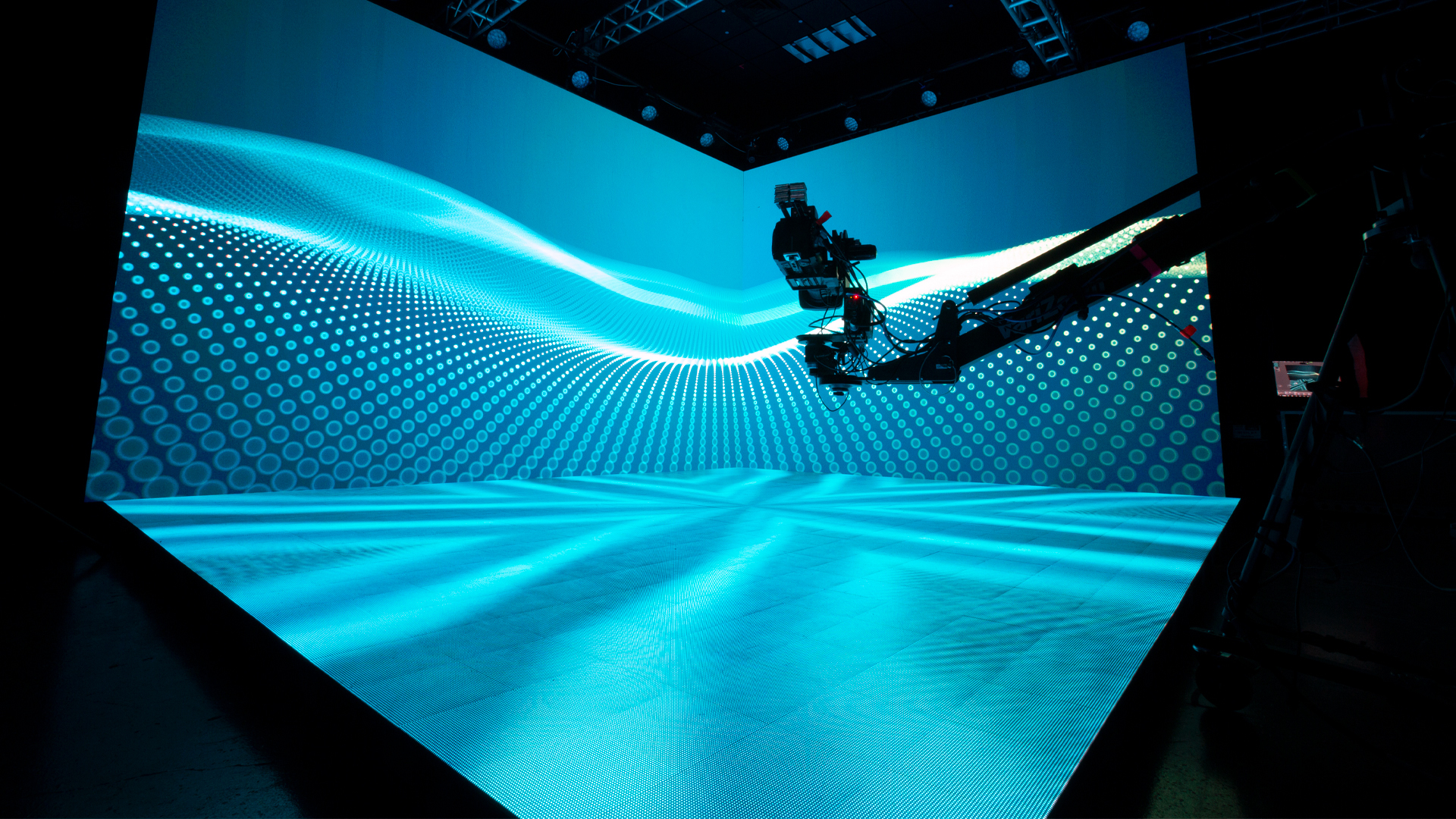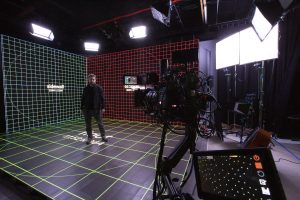
Extended Reality Brings Immersive Digital Experiences To Live and Virtual Events
July 13, 2021
Richard Steinau, Senior Vice President, WorldStage
With the rise of digital/virtual events over the last year and consensus that hybrid events will continue throughout 2022, the live event industry faces a new set of evolutionary challenges and obstacles to engaging both in-person and virtual attendees. As brands and agencies grapple with this new reality it is clear that some are struggling and others are adapting, while only a few are actually thriving. Not surprisingly the path to success for these select few has been founded on advanced innovation and creativity, delivering superior production value and higher engagement for all attendees.
WorldStage was founded over 30 years ago to embrace industry challenges and lead out in building new technical solutions with creativity and ingenuity. As a result, we continue to lead out in both developing and delivering the most innovative technology and solutions that are propelling the events industry towards more immersive, authentic experiences. One exciting innovation is Extended Reality (xR), a next-generation process that has already revolutionized film and television production and is now transforming what is possible on live and virtual events stages. xR empowers production teams to deliver Augmented and Mixed Reality within studio and live production environments. Mixed Reality (MR) combines camera tracking and real-time content rendering to create a rich virtual environment in this content can be placed on LED screens around and under people and real objects, immersing them in the space. Augmented Reality (AR) is an additional layer of content rendered as virtual 3D imagery over the live stage, providing the appearance of content sitting in (or augmenting) the real world.
xR addresses a significant challenge the industry now faces: creating an authentic, meaningful and productive digital experience for event hosts and presenters. Moving beyond the flat, static online meeting environment to one that simulates an actual stage has led back to older, outdated solutions requiring event hosts and presenters to work in front of digital green screens – a task that is daunting even for seasoned Hollywood studio actors. All too often, the result has been awkward, stiff and disoriented presentations that simply did not look or feel genuine – to audiences or the presenter. For studio production teams, a rigid, inelegant delivery means multiple re-takes and heavy post production. For event execs, it results in a subpar, uncomfortable experience for their speaking talent and more importantly, their senior executives, that can make undermine their success and credibility.
 xR solves this problem by combining the physical presentation space with real-time background rendering on the LED floor and walls that works in-sync with a tracking camera. The result is a dynamic virtual presentation environment that is immersive and reactive to the presenters – so they feel and present as if they were in a real space. Another remarkable feature of xR is the ability to track movement and render a 3D background from the camera’s perspective in real time. This allows for a more “believable” interaction between presenter and environment.
xR solves this problem by combining the physical presentation space with real-time background rendering on the LED floor and walls that works in-sync with a tracking camera. The result is a dynamic virtual presentation environment that is immersive and reactive to the presenters – so they feel and present as if they were in a real space. Another remarkable feature of xR is the ability to track movement and render a 3D background from the camera’s perspective in real time. This allows for a more “believable” interaction between presenter and environment.
An added advantage of xR is that content can be realistic, fantastical, or in-between, depending on the nature of the show and the presenter’s style. For example, a live presenter could be “placed” in a traditional stage setting, or at a themed location, or within a simulated game engine, with rich 3D graphics and multi-channel sound. Virtual AR objects and 2D content such as videos or presentation decks can also be added to the virtual environment and captured as part of the presentation. Further, xR enables experiences that are not limited by constraints of a physical location or environment. Event hosts can share a stage seamlessly with an in-person presenter or one that is literally located anywhere in the world.
As xR is an advanced and relatively new technology, there are a few important considerations when evaluating it for your event production:
- xR works best in a production environment that is meticulously planned and not subject to last minute changes.
- Because it is so immersive, the content delivered through xR should be as high quality and realistic as possible. Content quality can make the difference between a speaker being focused, crisp and compelling and being distracted, dull and off message.
- At the initial stages of using xR, it is absolutely critical to engage with experts who are familiar with the technology, production strategy, technical specifications and workflow management.
With all the exciting things we can do with new technologies like xR today, the journey back to live events is promising. Digital engagement will remain part of our event strategies and the future of virtual events will continue to be forged by exceptional creativity and innovation. At WorldStage, we are proud to be a part of this effort and energized by the countless possibilities we have to create unique, exceptional event experiences.

Learn more about xR Stage HERE
